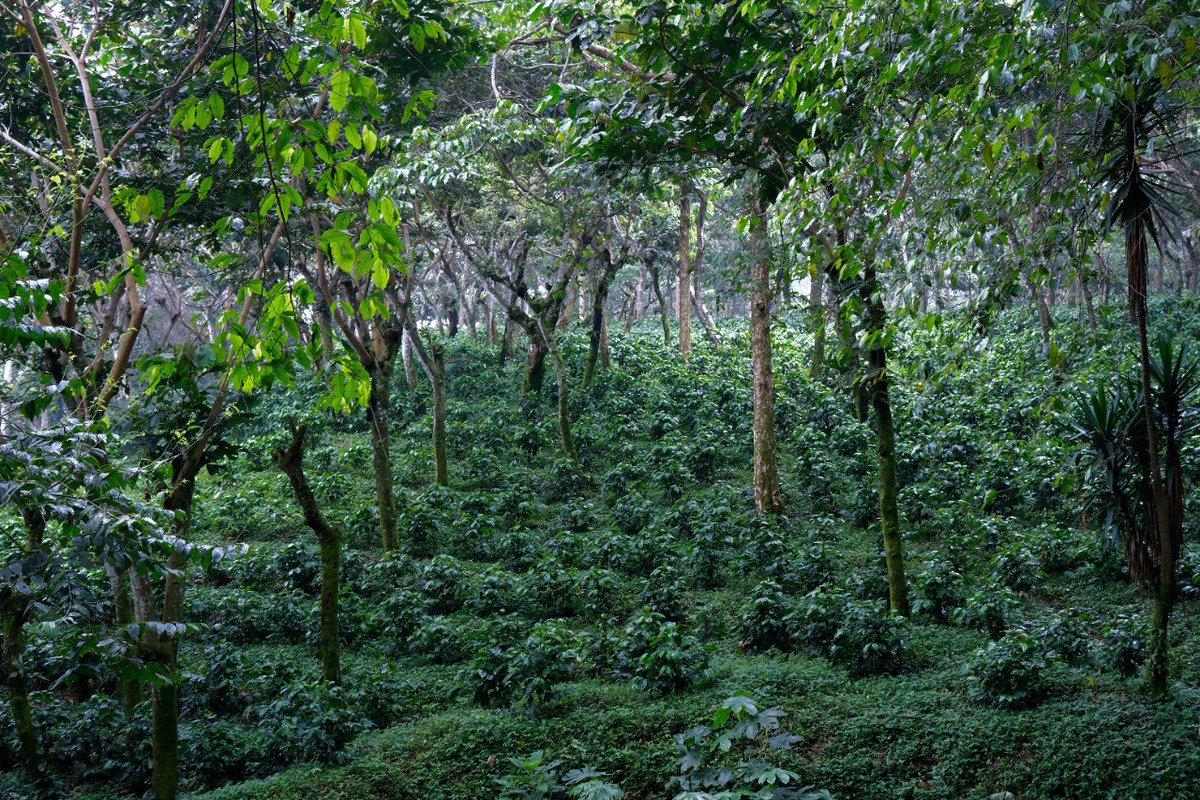The typical coffee farm applies ~ 200 kg/ha of synthetic nitrogen each year, an excessive amount I worked with this farm to phase out synthetic N and cut a total of 195,000 kgs of annual applications The trees are healthier, higher yielding, and the coffee tastes better...
Synthetic N made up 80% of the fertility budget and diverted resources away from key nutrients like Ca, Mg, and trace minerals. With the price of synthetic N skyrocketing over the past few years, this is a huge saving allowing for more profit and on-farm innovation
@samdknowlton I don't apply any chemical fertilizers, trying to plant n-fixers and a mix of wild and fruit trees, but the yields are so poor that I'm forced to think about applying synthetic NPK fertilizers like others. Any pointers to systematic ways in which I can fix the problem ?
@samdknowlton Did you do a cup tasting score comparison ? How much did it change ?


